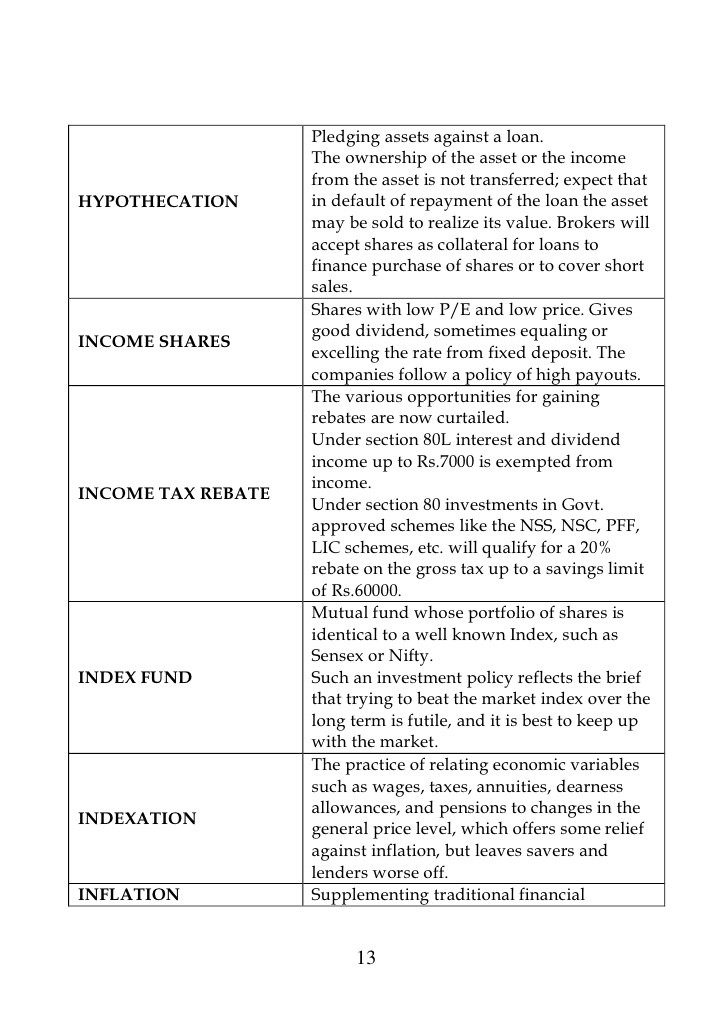Institutional Ownership (Stock market) Definition Online Encyclopedia
Post on: 16 Ноябрь, 2016 No Comment

Understanding Financial Ratio s
DuPont Equation
Understanding Stock Ownership.
Institutional ownership 5-65%[edit]
Institutional ownership ranging between 5% and 65% — Institutional investors are organizations that trade large volume s of securities.
Institutional Ownership
Institutional ownership of Apple shares has declined as funds question the companys ability to increase revenue long term. Morgan Stanley said in a report this week.
Institutional Ownership
Institutional Ownership
Percent of a company’s shares owned by banks, mutual fund s, pension funds, insurance companies and other institution s, all of them characterized by a propensity to buy and sell in bulk.
Institutional ownership was well below 50% for years and years. As we said, hardly anyone cared.
Sam Walton owned the majority of the stock. Here was a founder with a stake in the organization’s enduring success.
Institutional ownership of Tesla stock has faded throughout 2013, from approximately 84% of shares held in January to about 66% today.
I — Institutional ownership. At least one large institution should be owners or buyer s of the stock.
There is a connection between bellwether status and institutional ownership. Bellwether stocks often have large institutional ownership. and institution s often have tremendous influence on stock prices.
The Pros And Cons Of Institutional Ownership
These big players can both create and destroy value for shareholder s.
How to Measure Management Effectiveness before You Buy a Stock
Check on Institutional Ownership Before Buying Stock
Using and Misusing the Beta Ratio
Happiness is a Positive Cash Flow
If you want to pick stocks based on their current ratio. institutional ownership. or forward P/E ratio. you can do that, too. While sorting, you can see the latest price for the stock at a glance, while also having free access to charts and quote s.
Mid cap s also have institutional ownership but to a lesser extent than large cap s do.
Once a stock has become institution alized it may be too late. If 70 to 80 percent of a stock ‘s outstanding shares are owned by institution s, the well may have run dry. The result of excessive institutional ownership can translate into excessive selling if bad news strikes.
Funds — must have some institutional ownership.
30% is optimum. (Max. Fuel














